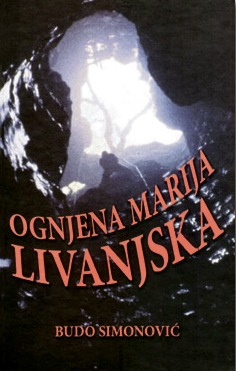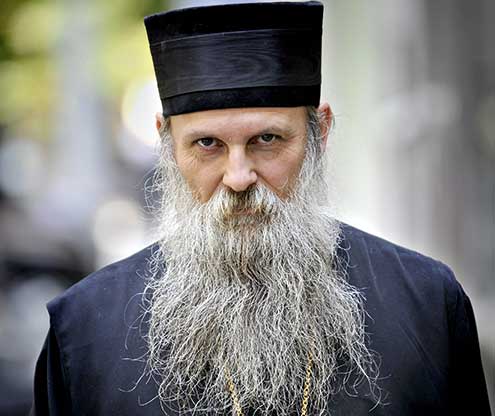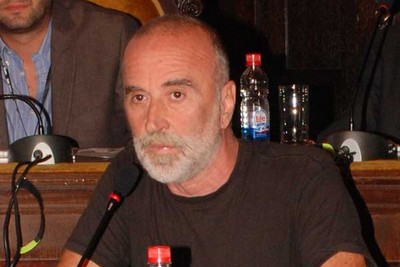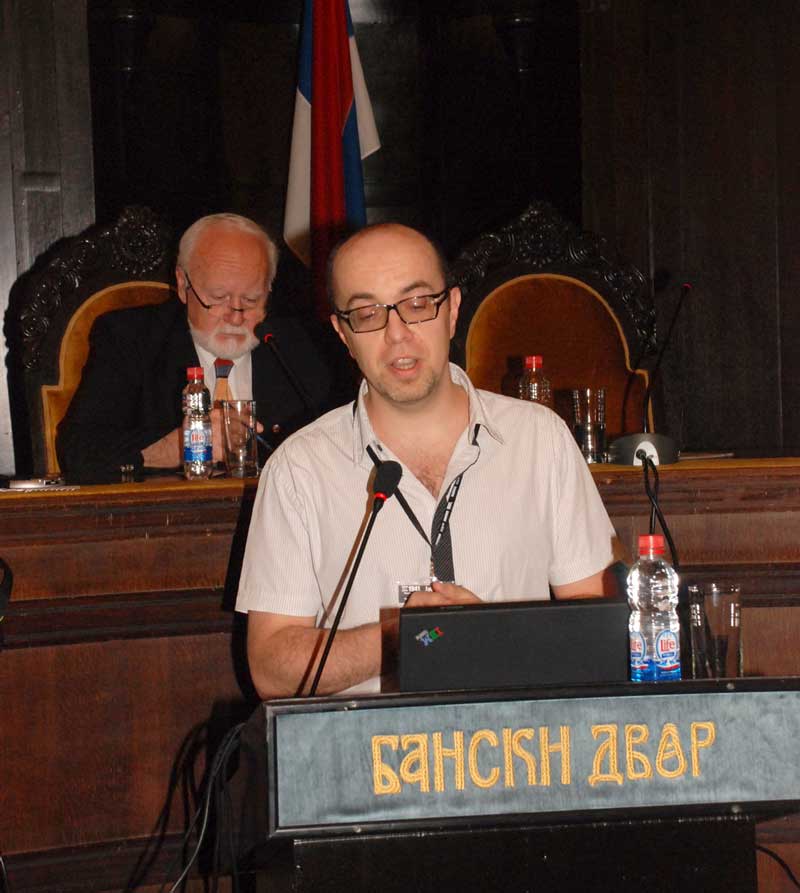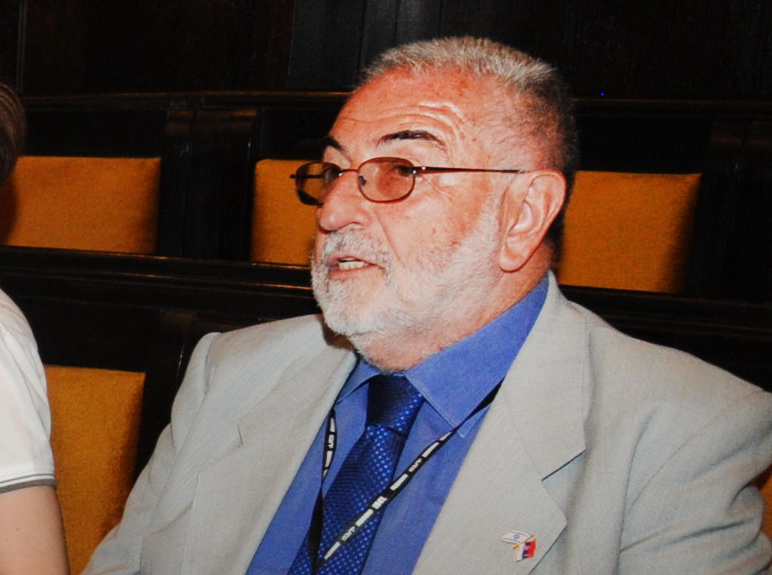Формирање логора
Мучење, убијање и уништавање у логорима испробан је систем нацистичког потпуног уништавања на смрт осуђених народа. Жртве је требало прво под било којим невиним изговором одвојити од породице, од пријатеља и корена; требало их је полагано, неосетно и незапажено одвојити и одвести са прадедовских огњишта у непознату средину. Ту, у непознатој средини, требало их је постепено и разнолико мучити, далеко од погледа и сазнања нефашистичког света. Многи редови бодљикавих жица и високи зидови ограђивали су душе ових људи осећајима беспомоћних, напуштених и остављених бића. Ни трунак наде на избављење или милост овде није смео да допре. А страшно изгладњавање и још страшнији, тешки физички радови у расквашеним глиненим пољима јасеновачких

